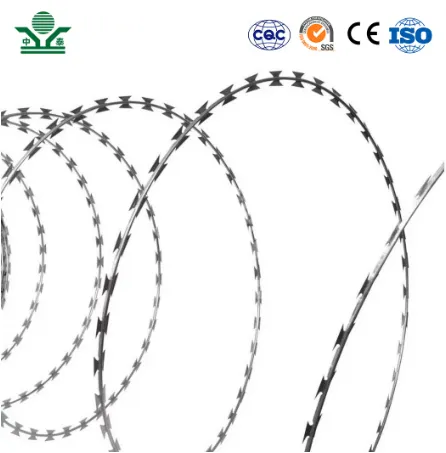Understanding Perforated Sheet Metal Metrics and Applications
Perforated sheet metal has gained significant traction across various industries due to its unique properties and versatile applications. This article explores the metric measurements used for perforated sheet metal, detailing its benefits, applications, and considerations when selecting the right type for your project.
What is Perforated Sheet Metal?
Perforated sheet metal consists of flat sheets that have been mechanically punched or pressed to create a series of holes or apertures. These holes can vary in size, shape, and spacing, allowing for customization based on specific requirements. Generally made from materials like stainless steel, aluminum, or carbon steel, perforated sheets are sought after for their functionality and aesthetic appeal.
Metric Measurements in Perforated Sheet Metal
When dealing with perforated sheet metal, understanding metric measurements is essential, especially in regions where the metric system is standard. The key metrics to consider include
- Gauge Referring to the thickness of the metal, gauge measurements can influence the sheet's strength and durability. Common gauges range from 10 to 24, with lower numbers indicating thicker sheets.
- Hole Diameter The diameter of the perforated holes is crucial for determining airflow, light passage, and material strength. Metrics can range from a few millimeters to several centimeters.
- Open Area Percentage This metric indicates the proportion of the total surface area of the sheet that is made up of holes. It is expressed as a percentage and can range from 5% to over 70%. The open area impacts the material's weight, flexibility, and cooling properties.
- Pitch This refers to the distance between the centers of adjacent holes, which can also be adjusted based on design requirements. It is typically measured in millimeters.
- Pattern Perforated sheets can feature a variety of hole patterns, such as staggered, straight, or custom designs tailored to specific applications
.metric perforated sheet metal

Benefits of Using Perforated Sheet Metal
1. Ventilation and Filtration Perforated sheets allow for efficient airflow and filtration, making them ideal for applications like HVAC systems, air filters, and acoustic panels.
2. Weight Reduction The strategic perforation of metal sheets reduces weight without sacrificing structural integrity, which is essential for industries like aerospace and automotive.
3. Aesthetic Appeal With a variety of patterns and finishes available, perforated sheet metal is a popular choice for architectural applications. It enhances both functionality and aesthetics in buildings, partitions, and decorative facades.
4. Versatility Whether used in industrial machinery, consumer products, or artistic installations, perforated sheets can adapt to various needs thanks to their customizable nature.
5. Sustainability Many manufacturers produce perforated sheets from recycled materials, contributing to environmentally friendly practices in production and application.
Applications of Perforated Sheet Metal
The utility of perforated sheet metal spans countless industries, including
- Construction Used in exterior facades, roofing, and partitions, adding both ventilation and design flexibility. - Automotive Elements like grills, engine covers, and sound-deadening panels are often made from perforated metal. - Food Processing Perforated sheets are used in machinery to facilitate washing, cooling, and drying processes. - Furniture Design Designers incorporate perforated metal in chairs, tables, and shelving for an industrial look combined with practicality.
Conclusion
Perforated sheet metal serves as a vital material across various sectors, primarily due to its metric measurements and adaptability. Whether for practical applications requiring ventilation and weight saving or for design-centric projects that demand aesthetics and uniqueness, perforated sheets continue to be an indispensable resource in modern manufacturing and design. By understanding the essential metrics and benefits, stakeholders can make informed decisions that align with their specific needs.
-
Versatility of Expanded Aluminum Metal for Various Applications
NewsMay.19,2025
-
The Geometry of Steel Gratings: Why It Matters
NewsMay.19,2025
-
Reinforcement Applications of Perforated Mesh in Masonry
NewsMay.19,2025
-
Essential Tools for Installing a Deck Mesh Railing
NewsMay.19,2025
-
Anti-Slip Flooring Made with Stainless Expanded Mesh
NewsMay.19,2025
-
Adjustable Steel Grating for Uneven Terrain
NewsMay.19,2025
Subscribe now!
Stay up to date with the latest on Fry Steeland industry news.

